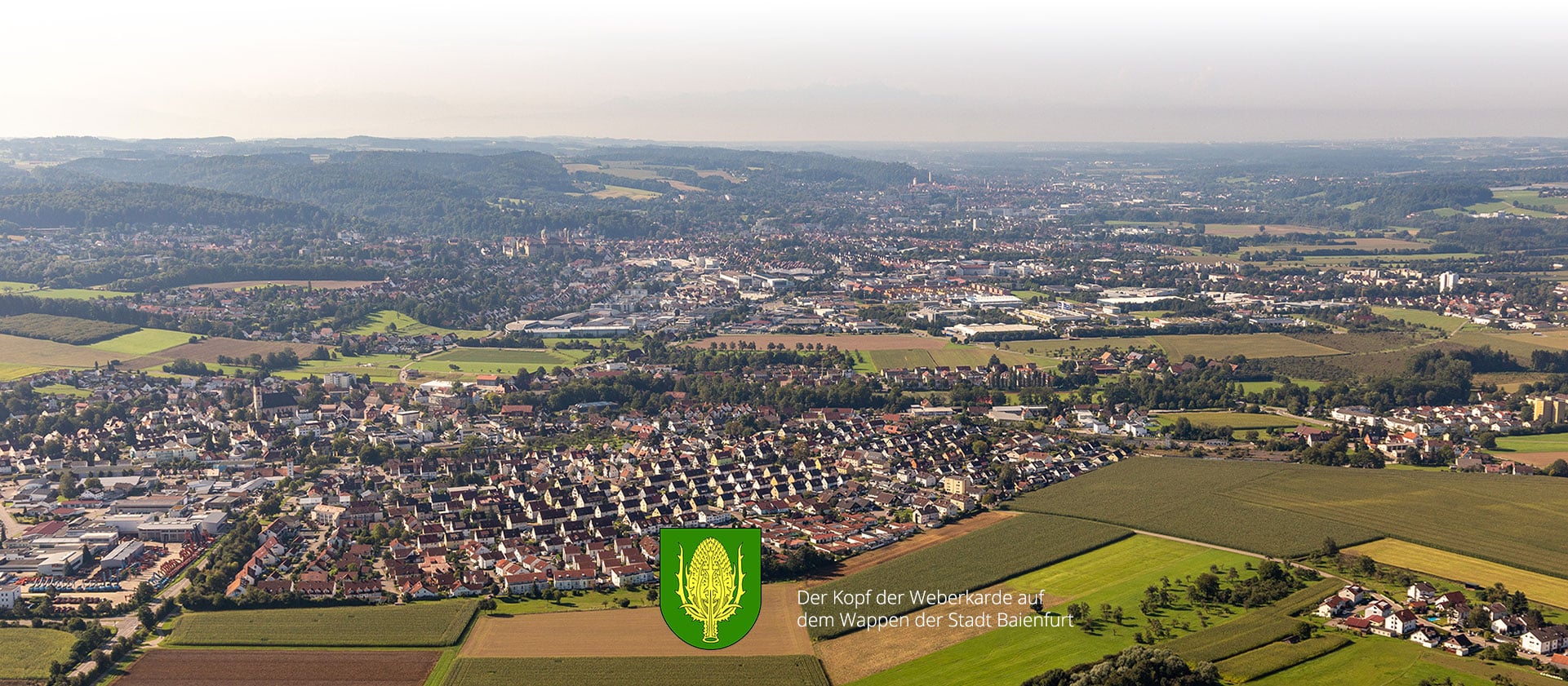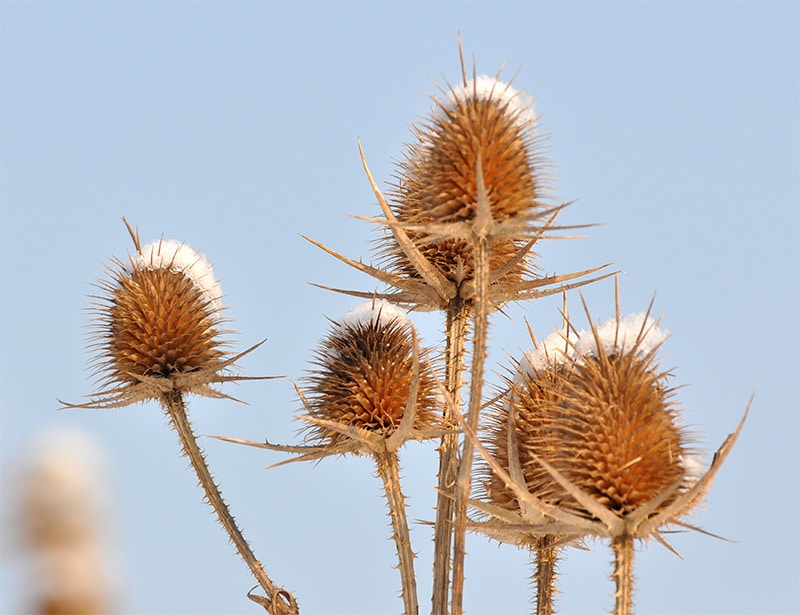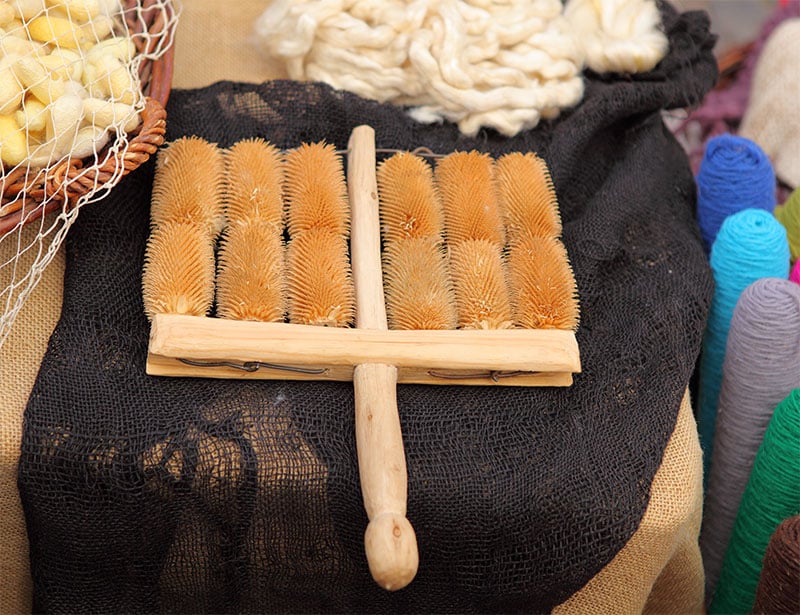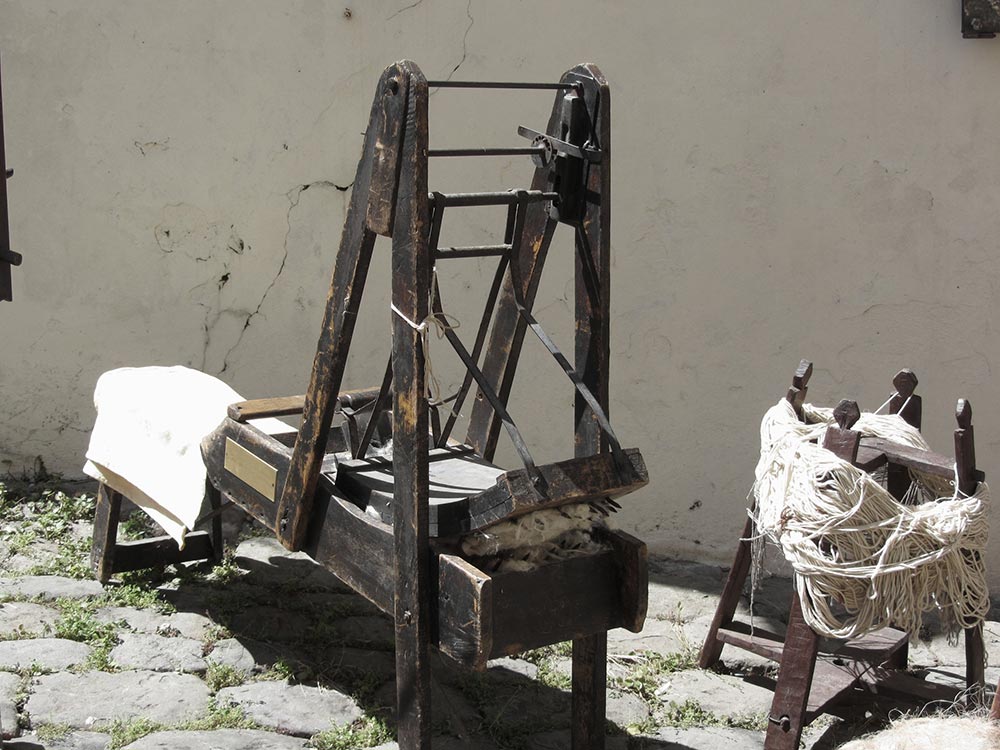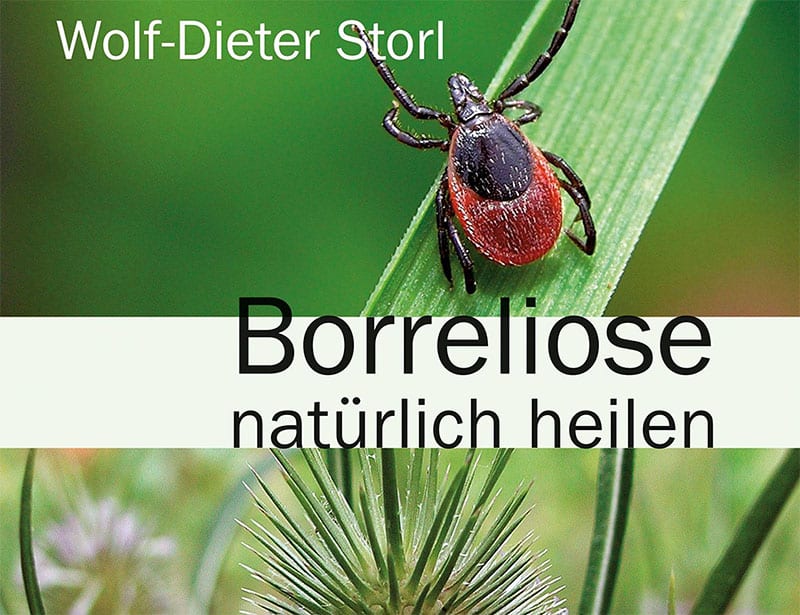Baienfurt - home of the teasel
The Kardenwelt Allgäu is based in Upper Swabia. The wonderful Municipality of Baienfurt.
The head of the weaver’s card adorns the town’s coat of arms for a reason. In history, the municipality was among other things with the card to prosperity.
In Baienfurt, you can still follow the traces of that time in Germany’s only “Kardelmuseum”.
Aerial photo: Werner Riehm (FLY-FOTO.de).

